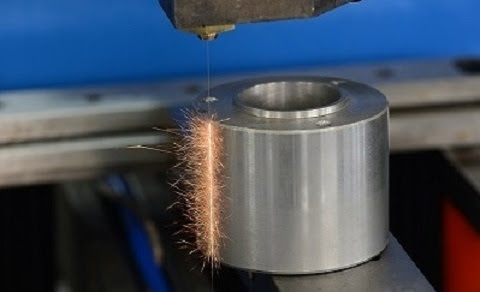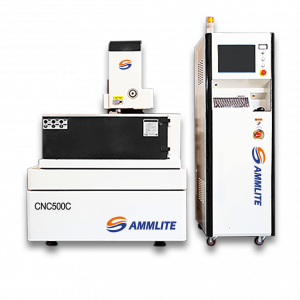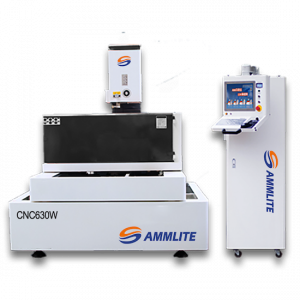Home » Application of Wire Cut EDM
Application of Wire Cut EDM
Wire Cut EDM (EDM) refers to a machining process that uses a tool to discharge electrical discharges into a metal workpiece thousands of times. Wire cut EDM is a non-traditional process, although not a new process. It can be used for parts that are resistant to conventional machining processes only if the machined part is conductive. Typically, these parts are non-ferrous metals including steel, titanium, superalloys, brass and many others. EDM does not cut the material, but melts or vaporizes it, creating a relatively small chip and providing a very precise cut line. Due to its high versatility, it can be used to cut hard metals

Wire Cut EDM machine is run by computer numerical control (CNC) equipment, which controls the wire on a three-dimensional axis to provide greater flexibility. Simple cuts are made by changing the x-y coordinates of the tool, while more complex cuts are made by adding axes of motion to wire guides. Both four-axis and five-axis cutting machines and services are available.
Advantage Of Wire Cut EDM
The main advantage of wire cut EDM over conventional EDM is that continuous power supply minimizes wear on the stationary electrodes. Wire EDM machine consumes a lot of wire, which increases its cost accordingly. Many WEDM machines are self-threading, so even if the wire breaks, the entire process can continue almost uninterrupted.
Another major advantage is that the part can be cut after heat treatment, eliminating the possibility of distortion due to post-machining treatments. In addition, since the wire cut EDM method does not apply any machining pressure to the workpiece, it is easy to process small parts. The requirements for fixtures are minimal compared to traditional machining methods. It can be used to machine very fine surfaces.
Wire Cut EDM Applications
Due to its versatility, manufacturers can use wire EDMs for a wide range of applications. Because the process can cut very small workpieces, it is often ideal for producing small, high-precision parts that are often too fine for other machining options. In addition, the process is cost-effective for producing low-volume items, and it may prove beneficial for prototyping even if the actual item is carried out in a different way.
It is important to remember that the wire is constantly moving during processing and cannot be reused. As a result, copper, brass, or other wires can be miles long, adding to the cost of the process. And, while the process doesn’t use any force, so it doesn’t create burrs, and can be used on fragile items.
Most machining operations using WEDM begin with rough machining, which has a fairly fast feed rate and high dielectric constant. The continuous skimming knife adopts a smaller notch to reduce the dielectric flow and make the finished surface meet the tolerance. The reduced dielectric flow can avoid deforming the wire during these skimming processes.
Cuts that do not start along the edge of the part, such as holes, need to be pre-drilled to allow the wire to pass through. Many WEDM machines are equipped with small hole drilling electrodes for this purpose, allowing starting holes to be machined in hardened steel without the need for conventional drills. Small hole drills typically use an EDM electrode mounted on a rotating mandrel through which a dielectric is pumped to flush the hole. The process of making small holes in hardened materials using a free-standing EDM drill is sometimes called hole drilling.
Sammlite has more than 20 years of experience in electrical processing and manufacturing. main products are CNC Die Sinking EDM, CNC wire cutting machines, and Drill EDM.


